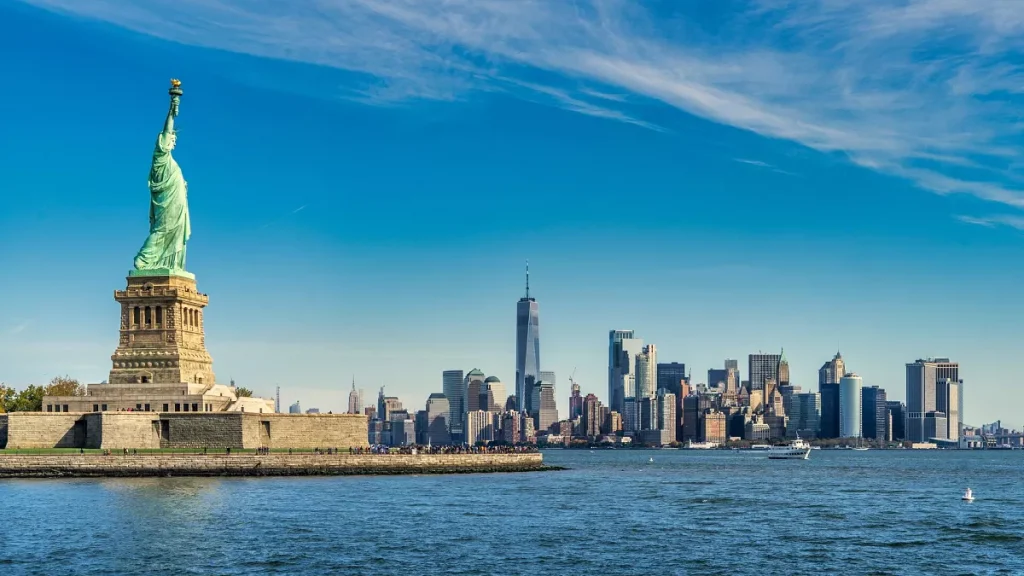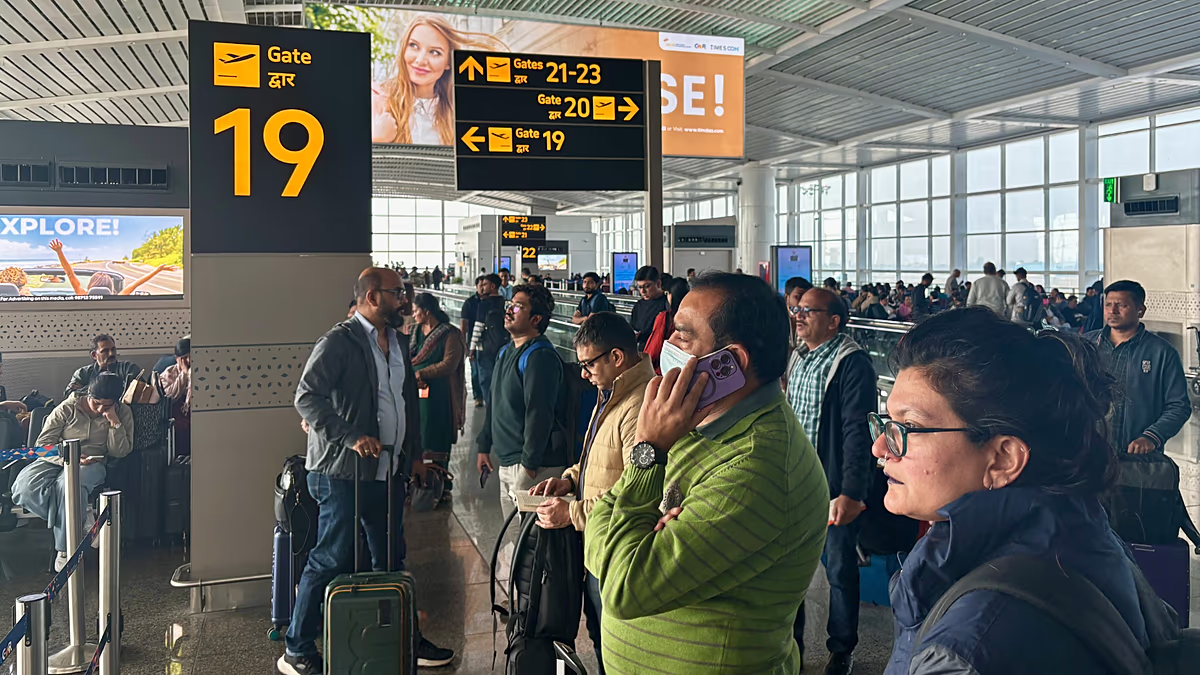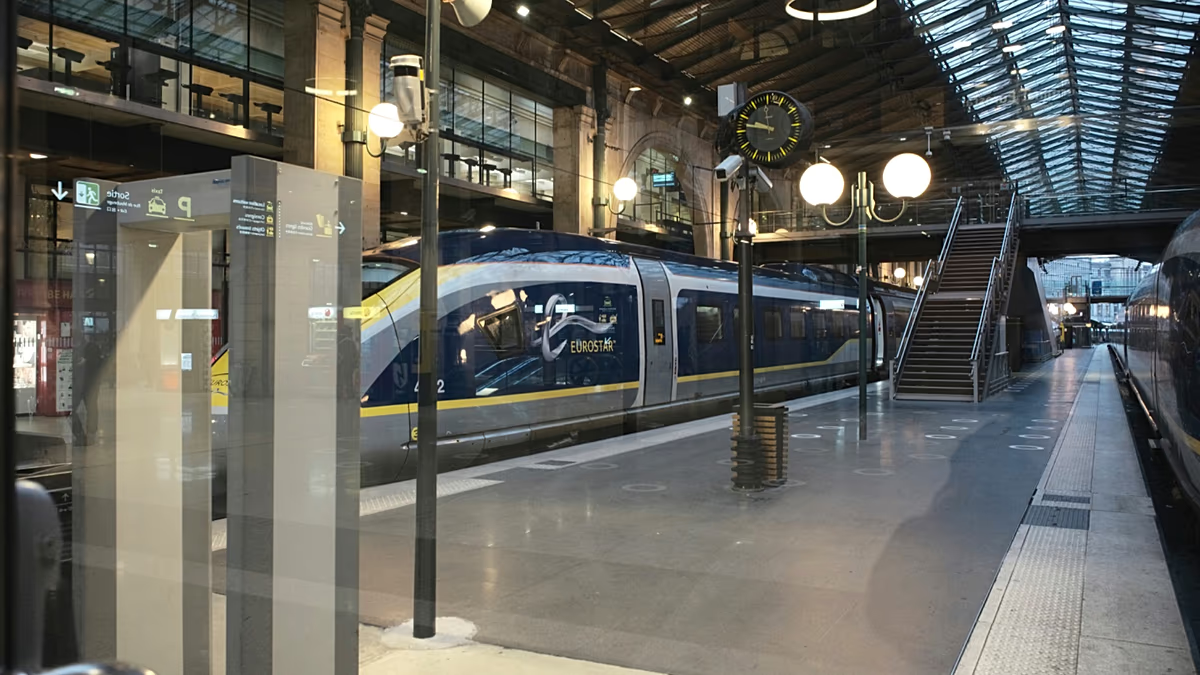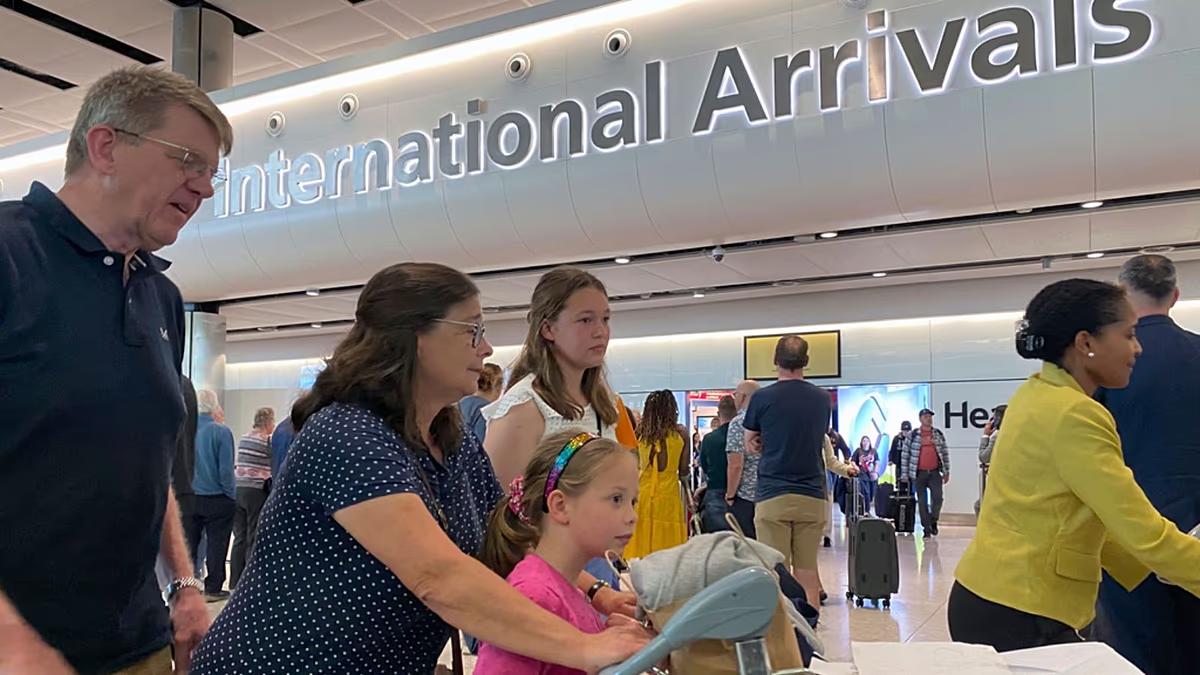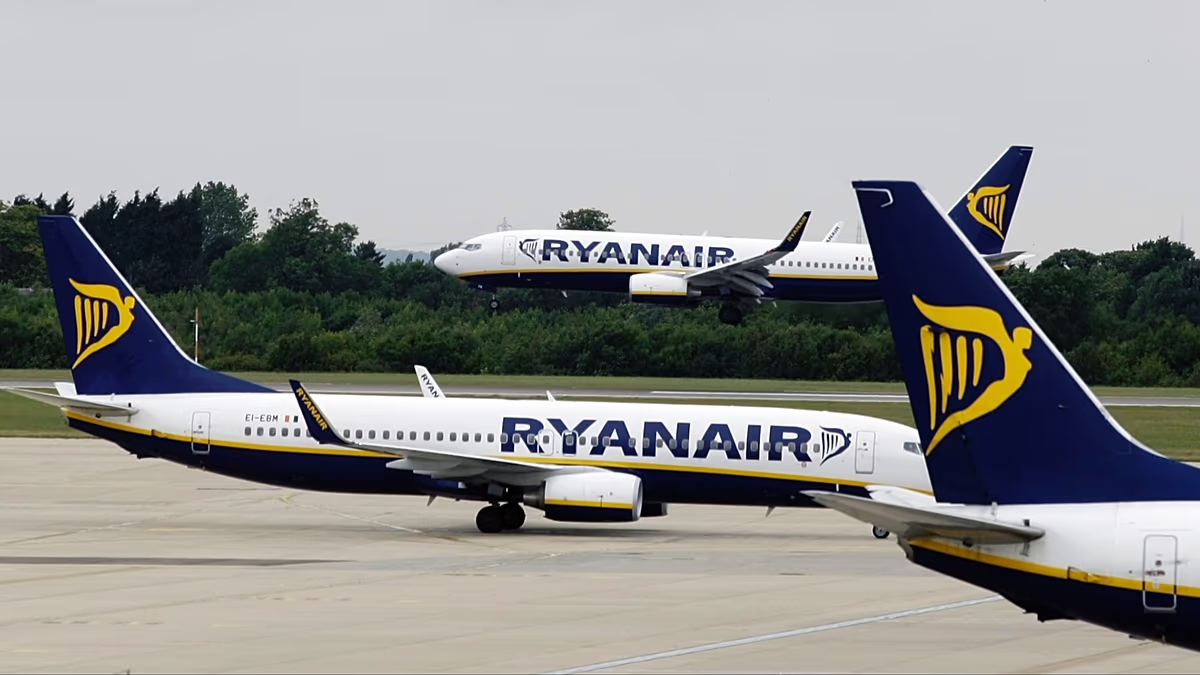US Government Shutdown Disrupts Travel Plans: What You Need to Know
The United States has entered its tenth government shutdown since 1976, creating significant challenges for travelers visiting the country. While flights continue to operate and borders remain open, the shutdown—which began on October 1 after lawmakers failed to pass a funding bill—is already causing disruptions to tourism. The impact extends beyond just inconvenience; the US Travel Association estimates that the American travel economy could lose approximately €920 million each week the shutdown continues. This affects not only major airlines and hotel chains but also countless small businesses that depend on tourism dollars to survive.
Despite the political deadlock in Washington, air travel remains largely functional for now. Air traffic controllers and TSA agents have been deemed essential workers and remain on duty, though they are working without pay. This arrangement, while keeping airports operational, raises concerns about potential staff shortages, longer security lines, and flight delays if the shutdown continues. Behind the scenes, non-essential Federal Aviation Administration functions have been suspended, including safety certifications and infrastructure projects. While travelers may not immediately notice these suspensions, aviation experts warn that prolonged funding gaps could eventually lead to more significant disruptions, from extended security wait times to potential air traffic control issues caused by staff shortages and decreased morale among unpaid workers.
Cruise vacations departing from US ports continue to operate with minimal disruption, as the Coast Guard and border agents are considered essential personnel and remain on duty. However, many federal employees supporting cruise operations are currently working without compensation, creating potential strain on these services. The most notable impact for cruise passengers will come during visits to national parks and federal monuments, which are operating under significant limitations. While America’s beloved national parks technically remain open, the shutdown has dramatically reduced available services. Roads, trails, and outdoor spaces are generally accessible, but staffed facilities—including visitor centers, information desks, and indoor monuments—have closed their doors. For example, visitors hoping to see Philadelphia’s iconic Liberty Bell were turned away on the first day of the shutdown.
The impact on national parks is particularly severe, with approximately 64 percent of National Park Service employees—roughly 9,300 staff members—furloughed during the shutdown. Popular destinations like Yosemite, Yellowstone, and the Statue of Liberty remain accessible but with significantly reduced services. Utah’s five spectacular national parks (Arches, Bryce Canyon, Canyonlands, Capitol Reef, and Zion) are also operating with limited staff and services. The Department of the Interior has warned that areas may close entirely if safety concerns arise or if conservation efforts are threatened by the lack of oversight. This staffing crisis compounds existing challenges for America’s parks, which were already experiencing staffing levels approximately 24 percent lower than needed before the shutdown began. Bill Wade, executive director of the Association of National Park Rangers, has expressed concern that the shutdown might lead to permanent staff reductions, further straining the already under-resourced park system.
Museum-goers face particularly disappointing prospects in Washington D.C. and other cities with federally funded cultural institutions. The National Archives, the Washington Monument, and other iconic landmarks in the nation’s capital have already closed their doors. One international traveler shared her heartbreak on social media after learning the Library of Congress would be inaccessible during her long-planned visit. The Smithsonian museums and National Zoo have managed to temporarily remain open using leftover funds, but they’re scheduled to close by October 6 unless the shutdown ends. There is some good news for cultural enthusiasts: privately funded museums remain open, and performance venues like the Kennedy Center are proceeding with scheduled shows, albeit with reduced staff. These closures represent a significant loss for travelers who often plan trips around America’s world-class museums and cultural institutions.
Beyond attractions, other travel-related services face disruptions during the shutdown. Visa processing is experiencing delays as U.S. embassies and consulates operate with reduced staff, potentially affecting international travelers planning future visits. The American Immigration Council has warned that these staffing limitations will likely create backlogs in visa approvals and processing. For travelers already in the planning stages, the uncertainty surrounding the shutdown’s duration makes it difficult to finalize itineraries. The best advice for anyone visiting the U.S. during this period is to remain flexible and check official websites for the most current information before finalizing plans. While travelers can still enter the country and move about freely, many of America’s most treasured cultural and natural attractions—often the primary reasons for visiting—are either closed or offering significantly reduced experiences. As the political stalemate continues with no clear resolution in sight, both travelers and the tourism industry face an uncertain path forward.



